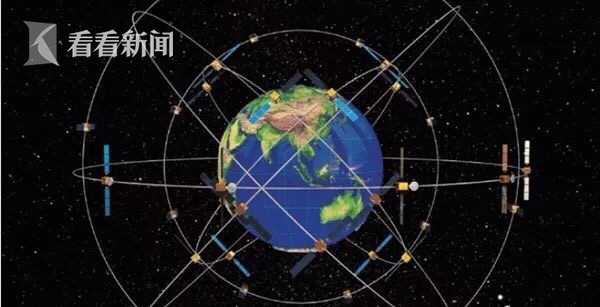
1. It refers to the amount of liquid inhaled or discharged by the engine in each stroke or cycle. Simply put, it is the intake of the engine. The working volume of the piston from the upper stop point to the lower stop point is called cylinder displacement; if the engine has several cylinders, the sum of the working volumes of all cylinders is called the engine displacement.
2. It means the volume of fluid inhaled or discharged by the engine in each stroke or cycle. In a brief way, it is the air intake of the engine. The working volume through which the piston moves from the upper stop point to the lower stop is called the cylinder displacement; if the engine has several cylinders, the sum of the working volume of the total cylinders is called the engine displacement.
3. Engine displacement refers to the volume of fluid inhaled or discharged per stroke or cycle.
4. It refers to the total volume of gas discharged from the upper to the lower part of the cylinder in the process of moving the engine piston from up and down in each engine cycle, that is, the square of the cylinder diameter multiplied by the stroke length and then multiplied by the number of cylinders.
5. Displacement: refers to the total volume of gas emitted by the engine piston in the cylinder in each engine cycle, usually expressed in liters (L). The larger the displacement, the greater the energy and power that the engine can produce at a time of combustion.
6. Generally, the engine has four cylinders, and the cylinders will move, a bit like the pise of a register, from the highest point to the lowest point. The volume of the period, all added together, is the so-called displacement.For example, 6L is the sum of the volume of the four cylinders, which is 6L. As shown in the figure, the sum of the four working volumes is the displacement.

1. It refers to the amount of liquid inhaled or discharged by the engine in each stroke or cycle. Simply put, it is the intake of the engine. The working volume of the piston from the upper stop point to the lower stop point is called cylinder displacement;If the engine has several cylinders, the sum of the working volumes of all cylinders is called the engine displacement.
2. It means the volume of fluid inhaled or discharged by the engine in each stroke or cycle. In a brief way, it is the air intake of the engine. The working volume through which the piston moves from the upper stop point to the lower stop is called the cylinder displacement; if the engine has several cylinders, the sum of the working volume of the total cylinders is called the engine displacement.
3. The displacement of the engine refers to the volume of gas that works effectively in the engine, which is usually expressed in liters (L). It refers to the total volume of gas discharged from the upper to the lower part of the cylinder in the process of the engine piston from up and down in each engine cycle, that is, the square of the cylinder diameter multiplied by the stroke length and then multiplied by the number of cylinders.
1. The displacement of a car: refers to the sum of the capacity of all cylinders in the engine. For example, a car engine has 4 cylinders, and the capacity of each cylinder is 0.5L, so the displacement of the engine is 0.5L*4=0L.
2. Displacement refers to the sum of the internal area of each cylinder, which is an important core parameter of the engine. For example, if the working volume of each cylinder of a two-cylinder engine is 0.5L, then the combined displacement of the two cylinders is 0; if the volume of each cylinder of a four-cylinder engine is 0.5L, then the comprehensive displacement is 0.
3. Displacement is an important goal used to comment on engine function. It means the volume of fluid inhaled or discharged by the engine in each stroke or cycle.In a brief way, it is the air intake of the engine.
4. Displacement refers to the sum of the volume area of each cylinder, which is an important core parameter of the engine. For example, the working volume of each cylinder of a two-cylinder engine is 0.5L, so the total exhaust volume of the two cylinders is 0. If the volume of each cylinder of a four-cylinder engine is 0.5L, then add up The displacement is 0.
The displacement of the engine is the amount of gas discharged by each cycle of 4 cylinders during the operation of the engine. The larger the displacement, the more fuel it burns, the greater its power.
Many engine indicators are closely related to displacement. In naturally inhaling and increasingIn the respective categories of pressure engines, the displacement is directly proportional to the power, and the displacement is also proportional to the fuel consumption and what is the engine displacement. The displacement of a car refers to the sum of the capacity of all cylinders in the engine, which is generally expressed in liters (L).
For example, a 0-liter engine has a displacement of 0 liters when its cylinder diameter and stroke are 80mm and 90mm respectively.
Displacement refers to the sum of the volume area of each cylinder, which is an important core parameter of the engine. For example, the working capacity of each cylinder of a two-cylinder engine is 0.5L, so the total displacement of the two cylinders is the exhaust volume. If it is a four-cylinder engine, the volume of each cylinder is 0.5L, and the total displacement is 0.
T and L after exhaust volume. Generally, the engine structure is displacement, followed by engine operation characteristics. For example, Generation LTable self-aspirated engine, the engine intake method is natural intake, which is a common traditional engine technology. T stands for turbocharging, and the engine intake is realized by the turbine. The air intake is larger and the power is stronger than that of the self-priming engine.
Hearthstone Wild Decks-APP, download it now, new users will receive a novice gift pack.
1. It refers to the amount of liquid inhaled or discharged by the engine in each stroke or cycle. Simply put, it is the intake of the engine. The working volume of the piston from the upper stop point to the lower stop point is called cylinder displacement; if the engine has several cylinders, the sum of the working volumes of all cylinders is called the engine displacement.
2. It means the volume of fluid inhaled or discharged by the engine in each stroke or cycle. In a brief way, it is the air intake of the engine. The working volume through which the piston moves from the upper stop point to the lower stop is called the cylinder displacement; if the engine has several cylinders, the sum of the working volume of the total cylinders is called the engine displacement.
3. Engine displacement refers to the volume of fluid inhaled or discharged per stroke or cycle.
4. It refers to the total volume of gas discharged from the upper to the lower part of the cylinder in the process of moving the engine piston from up and down in each engine cycle, that is, the square of the cylinder diameter multiplied by the stroke length and then multiplied by the number of cylinders.
5. Displacement: refers to the total volume of gas emitted by the engine piston in the cylinder in each engine cycle, usually expressed in liters (L). The larger the displacement, the greater the energy and power that the engine can produce at a time of combustion.
6. Generally, the engine has four cylinders, and the cylinders will move, a bit like the pise of a register, from the highest point to the lowest point. The volume of the period, all added together, is the so-called displacement.For example, 6L is the sum of the volume of the four cylinders, which is 6L. As shown in the figure, the sum of the four working volumes is the displacement.

1. It refers to the amount of liquid inhaled or discharged by the engine in each stroke or cycle. Simply put, it is the intake of the engine. The working volume of the piston from the upper stop point to the lower stop point is called cylinder displacement;If the engine has several cylinders, the sum of the working volumes of all cylinders is called the engine displacement.
2. It means the volume of fluid inhaled or discharged by the engine in each stroke or cycle. In a brief way, it is the air intake of the engine. The working volume through which the piston moves from the upper stop point to the lower stop is called the cylinder displacement; if the engine has several cylinders, the sum of the working volume of the total cylinders is called the engine displacement.
3. The displacement of the engine refers to the volume of gas that works effectively in the engine, which is usually expressed in liters (L). It refers to the total volume of gas discharged from the upper to the lower part of the cylinder in the process of the engine piston from up and down in each engine cycle, that is, the square of the cylinder diameter multiplied by the stroke length and then multiplied by the number of cylinders.
1. The displacement of a car: refers to the sum of the capacity of all cylinders in the engine. For example, a car engine has 4 cylinders, and the capacity of each cylinder is 0.5L, so the displacement of the engine is 0.5L*4=0L.
2. Displacement refers to the sum of the internal area of each cylinder, which is an important core parameter of the engine. For example, if the working volume of each cylinder of a two-cylinder engine is 0.5L, then the combined displacement of the two cylinders is 0; if the volume of each cylinder of a four-cylinder engine is 0.5L, then the comprehensive displacement is 0.
3. Displacement is an important goal used to comment on engine function. It means the volume of fluid inhaled or discharged by the engine in each stroke or cycle.In a brief way, it is the air intake of the engine.
4. Displacement refers to the sum of the volume area of each cylinder, which is an important core parameter of the engine. For example, the working volume of each cylinder of a two-cylinder engine is 0.5L, so the total exhaust volume of the two cylinders is 0. If the volume of each cylinder of a four-cylinder engine is 0.5L, then add up The displacement is 0.
The displacement of the engine is the amount of gas discharged by each cycle of 4 cylinders during the operation of the engine. The larger the displacement, the more fuel it burns, the greater its power.
Many engine indicators are closely related to displacement. In naturally inhaling and increasingIn the respective categories of pressure engines, the displacement is directly proportional to the power, and the displacement is also proportional to the fuel consumption and what is the engine displacement. The displacement of a car refers to the sum of the capacity of all cylinders in the engine, which is generally expressed in liters (L).
For example, a 0-liter engine has a displacement of 0 liters when its cylinder diameter and stroke are 80mm and 90mm respectively.
Displacement refers to the sum of the volume area of each cylinder, which is an important core parameter of the engine. For example, the working capacity of each cylinder of a two-cylinder engine is 0.5L, so the total displacement of the two cylinders is the exhaust volume. If it is a four-cylinder engine, the volume of each cylinder is 0.5L, and the total displacement is 0.
T and L after exhaust volume. Generally, the engine structure is displacement, followed by engine operation characteristics. For example, Generation LTable self-aspirated engine, the engine intake method is natural intake, which is a common traditional engine technology. T stands for turbocharging, and the engine intake is realized by the turbine. The air intake is larger and the power is stronger than that of the self-priming engine.
UEFA Champions League live streaming app
author: 2025-02-23 00:40App to watch Champions League live free
author: 2025-02-23 00:51Hearthstone arena deck Builder
author: 2025-02-23 00:04App to watch Champions League live free
author: 2025-02-22 22:58 Champions League
Champions League
969.91MB
Check UEFA European championship
UEFA European championship
736.84MB
Check Casino Plus app
Casino Plus app
564.66MB
Check UEFA Champions League live
UEFA Champions League live
741.73MB
Check UEFA Champions League live
UEFA Champions League live
463.66MB
Check bingo plus update today Philippines
bingo plus update today Philippines
474.55MB
Check UEFA Champions League standings
UEFA Champions League standings
256.84MB
Check Hearthstone Arena win rate
Hearthstone Arena win rate
555.75MB
Check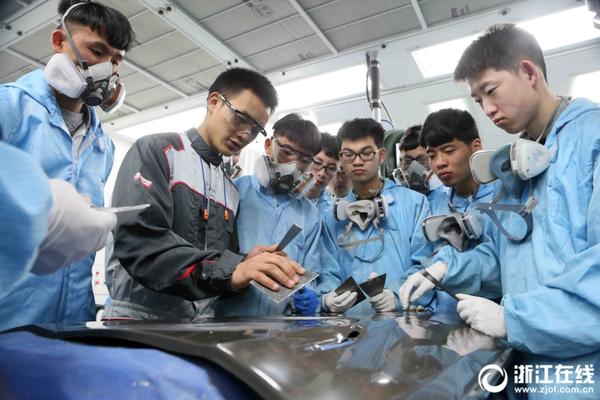 DigiPlus Philippine
DigiPlus Philippine
565.98MB
Check bingo plus update today Philippines
bingo plus update today Philippines
811.65MB
Check DigiPlus Philippine
DigiPlus Philippine
211.64MB
Check Hearthstone Arena Tier List
Hearthstone Arena Tier List
527.52MB
Check Hearthstone Arena win rate
Hearthstone Arena win rate
482.91MB
Check UEFA EURO
UEFA EURO
864.13MB
Check Casino redeem
Casino redeem
733.37MB
Check Casino redeem
Casino redeem
557.75MB
Check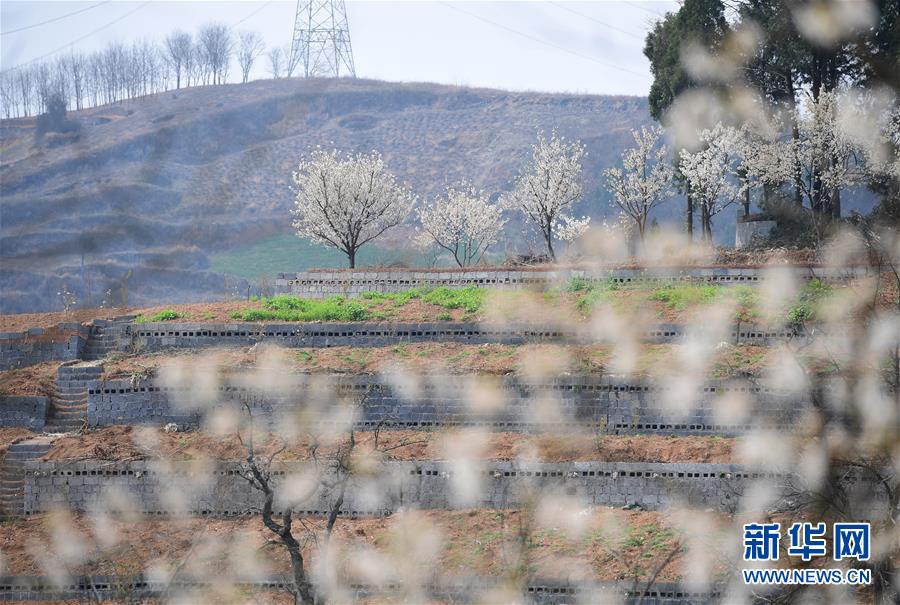 Hearthstone Arena win rate
Hearthstone Arena win rate
983.32MB
Check bingo plus update today Philippines
bingo plus update today Philippines
788.58MB
Check DigiPlus fair value
DigiPlus fair value
885.92MB
Check DigiPlus stock
DigiPlus stock
411.47MB
Check DigiPlus
DigiPlus
658.33MB
Check UEFA Champions League live
UEFA Champions League live
418.45MB
Check PAGCOR online casino free 100
PAGCOR online casino free 100
257.26MB
Check Walletinvestor digi plus
Walletinvestor digi plus
842.15MB
Check Casino Plus login register
Casino Plus login register
273.51MB
Check Hearthstone deck
Hearthstone deck
996.18MB
Check bingo plus update today Philippines
bingo plus update today Philippines
531.67MB
Check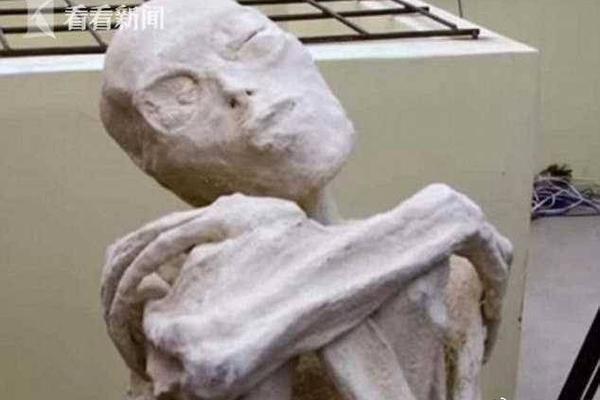 Casino Plus login register
Casino Plus login register
193.83MB
Check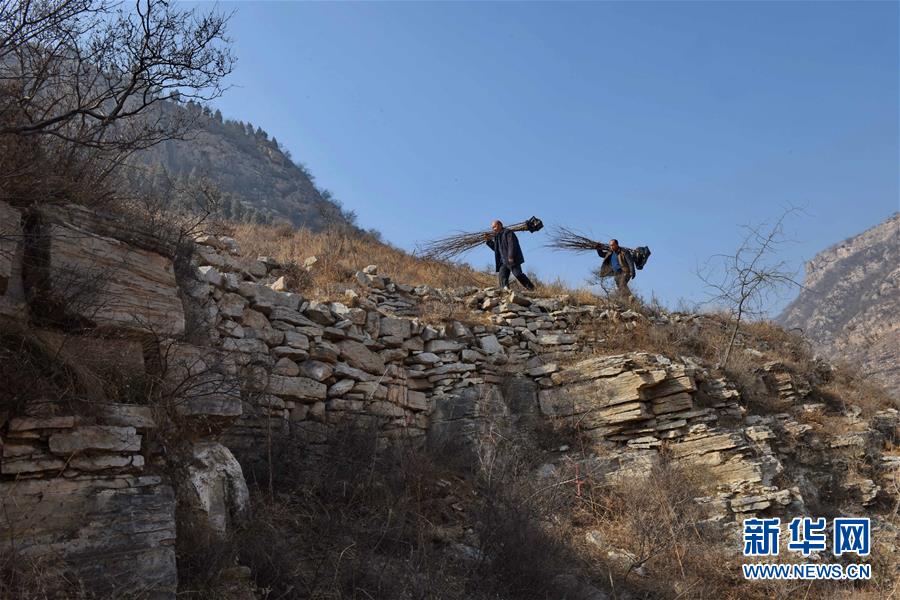 Casino Plus login register
Casino Plus login register
746.43MB
Check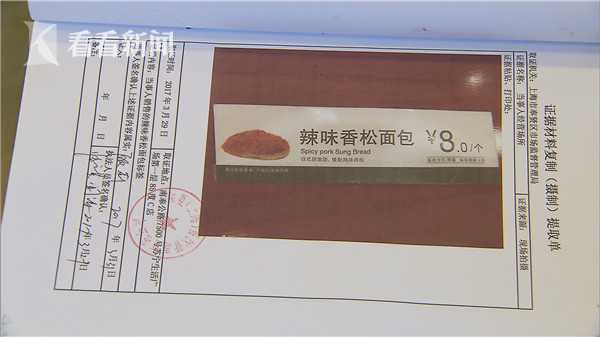 Arena Plus login
Arena Plus login
337.75MB
Check DigiPlus stock
DigiPlus stock
135.54MB
Check UEFA TV
UEFA TV
185.42MB
Check DigiPlus Philippine
DigiPlus Philippine
274.63MB
Check Arena Plus login
Arena Plus login
274.15MB
Check Arena plus APK
Arena plus APK
277.41MB
Check casino plus free 100
casino plus free 100
669.59MB
Check
Scan to install
Hearthstone Wild Decks to discover more
Netizen comments More
902 UEFA Champions League live streaming free
2025-02-23 00:32 recommend
2398 Walletinvestor digi plus
2025-02-23 00:10 recommend
354 Casino Plus app
2025-02-22 23:11 recommend
1794 Casino Plus GCash login
2025-02-22 22:52 recommend
1695 DigiPlus Philippine
2025-02-22 22:33 recommend